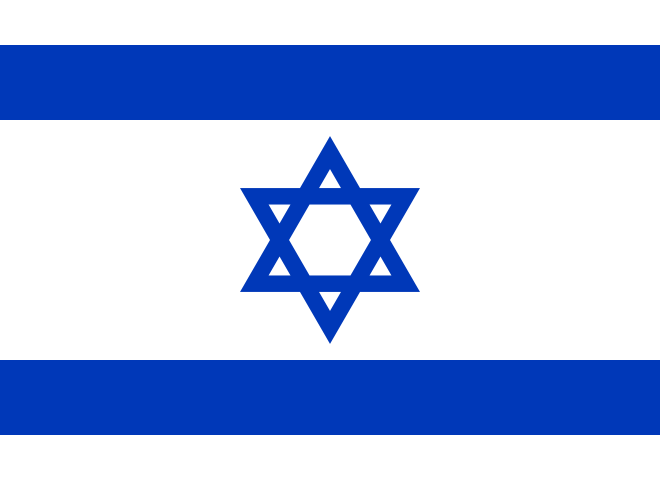When you first arrive to Cusco, you are sure this is the most colorful and liberal (gay friendly) city in the world. The first one might be true, but I wouldn't try to test their liberalism. The Cusquenians adopted the rainbow flag, usually identified with the gays, as their city symbol. You can see these flags all over the beautiful, colonial, main square, on churches and all around the city.
The center of the city is really beautiful. Apparently, we are not the only ones to think that. Cusco is full with tourists, mostly on their way to Machu Picchu. Most of them are organized groups of Americans, but you can find tourists from everywhere. Cusco is also considered to be the most Israeli city of South America. We usually don't tend to hang around Israeli places, but this time it was inevitable. There is a whole alley full with small restaurants and other businesses with signs only in Hebrew. Nevertheless, these tourists don't seem to be enough in order to fill all the touristic restaurants, that make their waiters try to hunt you with their menu whenever you pass by.
We also heard from few people that they were sick in Cusco. It's not like the food is especially bad there, people usually bring their diseases from other places. So Lilya decided to try that too. If you are planning on getting sick in South America, Cusco is a great place to do that. There are a lot of places to eat chicken soup, a lot of tourist doctors (that will be glad to take your money) and a cable TV at the hostel. After 4 days of enjoying frequent toilet visits, not eating and having a fever, Lilya finally decided to visit a doctor. After few lab tests the doctor discovered that Lilya has Salmonella and few parasites (she did not mean Oren). After that she gave her a recipe for 5 different medications that together with the visit cost more than 100 dollars. Good thing we have insurance to cover that.
Even though Lilya was sick we didn't stay indoors all the time. Cusco was the capital of the Inca's Empire, and it is surrounded by many other Inca's settlements, an area called The Sacred Valley. On Sunday we went to Pisac, a small town 40 minutes away from Cusco, which had a big Sunday market and some ruins that you need to climb almost 2 hours in order to get there. Lilya was too weak, so Oren and Yolene, which we met again in Cusco, continued climbing until the top, while Lilya was enjoying the afternoon sun on one of the terraces. Only later we discovered that you can get there with a taxi from the other part of the town, as all the organized groups did. The ruins themselves are huge. The historical city surrounds the agricultural part with large terraces hanging above the cliffs. The Inca people were probably very fit because you will need to climb trough steep stairs in order to get from anywhere to anywhere in the city.
On another afternoon we visited Sacsayhuaman (or Sexy Woman, so even the Gringos will remember the Quechua name). This is a very impressive 12 century walled complex built next to the old city of Cusco. There we met a very graceful local guide to whose service we couldn't refuse. The old city of Cusco was shaped as a Puma (the Inca's had a really vast imagination), this part was supposed to the puma's head. Most of the site was ruined in the search for gold or covered with soil by the Spanish, but a lot was recovered.
We visited the sacred valley again when Lilya started feeling better. This time we took the bus to Maras - a beautiful site that contains round terraces that might have been used for agricultural experiment, but must have also had a religious significance. The researchers don't really know, so all you can do is think: "what I would have done with such large circles?". After Maras our cab driver took us to the Salinas - where the natural salt coming from deep in the ground in gathered into pools. If you are in the area, combine these two, because the Salinas are truly unique.
After too many days of eating nothing but dry chicken, dry rice and white bread, Lilya had enough and we booked the Salkantay trek. A 5 days trek that ends at the Machu Picchu.
Tip 1: Don't be afraid of people jumping on you when you get off a bus, offering you hostels. The best hostels we found were offered to us by those guys. This is also your chance to negotiate about the price, and get a hotel room for the price of a hostel room.
Tip 2: You don't have to visit touristic sites in a touristic way. Instead of taking the expansive City Tour, you can take a public bus or a "Colectivo" and do it your way. It might take a bit more time but the experience is completely different. You can get all the information in the official tourist information office.
Tip 3: "La Chomba" (Av. Tullumayo 339 Parte Alta). This cheap local restaurant is the best place to eat in Cusco and maybe in all Peru. The food is great, the dishes are enormous and it costs practically nothing. Too bad we discovered it on our last day there.
Subscribe to:
Post Comments (Atom)





איזו מסעדה אורן,בטיפ השלישי?לא כתבת שם ומיקום.
ReplyDeleteWe added the name and the address. Thanks
ReplyDelete